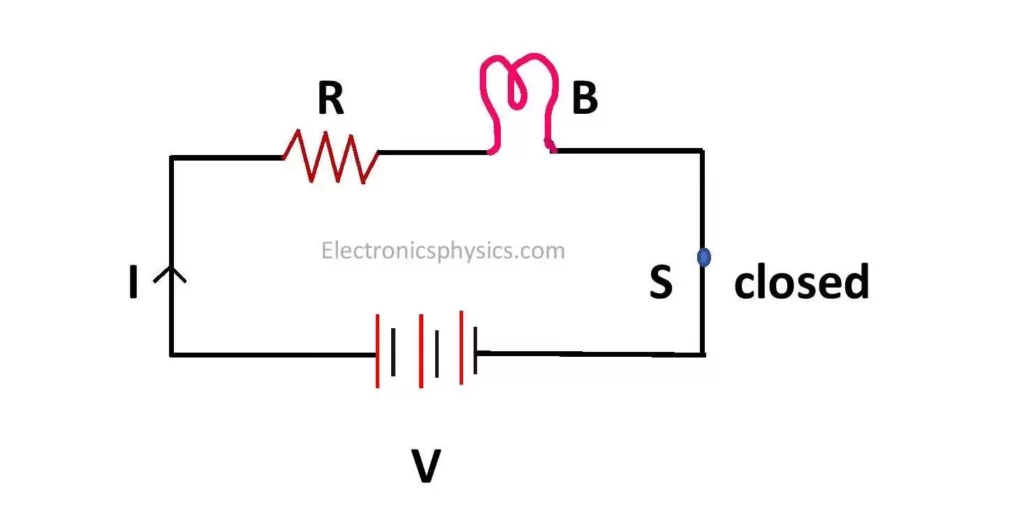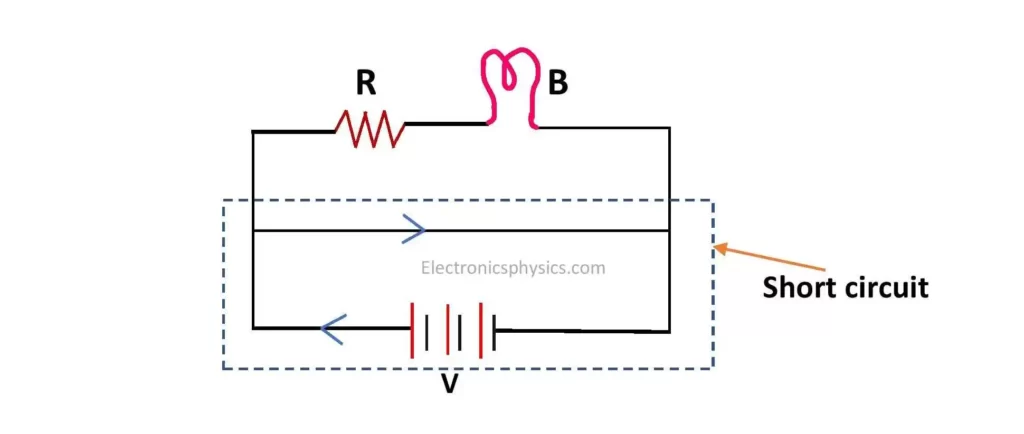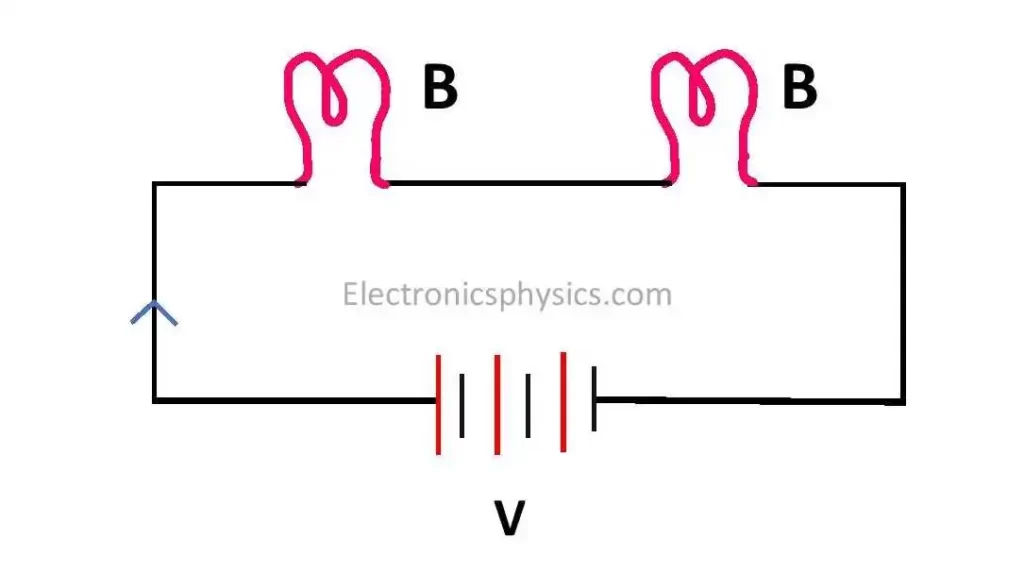Every device we use contains a circuit in it. A circuit consists of some circuit elements that are used for different purposes. These elements in a circuit can be connected in different ways depending on the functions for which these circuits are used. Based on the types of connections of the elements, electric circuits are classified into five major types. Again, depending on the types of elements used, we can have some other types of circuits as well. In this conceptual post, I’m going to explain all these types of electric circuits with their proper diagrams.
Contents in this article:
- What is an Electric Circuit?
- What are the different types of Electric Circuits?
- Types of Electric circuits on the basis of circuit connections
- Types of Electric Circuits based on the components used
- Electric circuits based on the I-V curve
What is an Electric Circuit?
An Electric Circuit is a simple closed loop that consists of one or more elements that perform specific tasks by transferring energy from the power source to its different elements. The elements of a circuit are Resistors, Capacitors, Inductors, Diodes, Transistors, Switches, etc. A circuit uses one or more of these elements to perform an operation.
Types of Electric Circuits
Our main objective is to know what are the different types of electric circuits. Have you ever thought that how can we divide electrical circuits into different types? Check the following parts and go through the hierarchies for a better understanding.
Types of Electric Circuits according to connections of elements

Depending on how are the circuit elements connected, there are five types of electric circuits –
- Open Circuit
- Closed Circuit
- Short Circuit
- Series Circuit
- Parallel Circuit
Only the names are not enough, isn’t it? Therefore, short descriptions on these are also given below.
Open Circuit

If a circuit does not carry any electric current through it due to the broken connection, then the circuit will be called an open circuit. The open circuit is the OFF state of the circuit. If we place a key or switch in the circuit and open it, the circuit will become an open circuit.
Read a detailed post on Open circuit.
Closed Circuit

A Closed circuit is a closed loop that contains circuit elements and power supply and carries electric current through each component of the circuit. All switches in this type of circuit should remain closed. A closed circuit indicates the ON state of the circuit.
Read a detailed post on Closed circuit.
Short Circuit

If the positive and negative terminals of a battery are directly connected, then the circuit becomes a Short circuit. This type of circuit offers almost zero resistance to the current flow. Almost all amount of current flows through the short circuit. This high current may burn the circuit as well. The dotted portion in the above circuit is the short circuit portion.
Series Circuit

The word “series” means one by one. If a circuit consists of two or more elements in a succession i.e., one after another, then there will be a single path for current flow. This type of circuit is a series circuit. Series circuits have lots of applications in Physics and Electronics. You may have heard of series resistors, series capacitors, etc.
Properties of series circuit:
- Elements are connected one after another in a series
- There is only one path of current flow. Therefore, the current through every element in a series circuit is the same.
- If the elements have different resistances, then the voltage drop across the elements is different.
Parallel Circuit

A parallel circuit is the counterpart of a series circuit. Circuit components of this type of circuit are connected between the same two points. Therefore, the voltage drop across each parallel component is the same. The amount of current flow is not equal through each parallel component. Current flows in different amounts through these elements if their resistances are not equal.
The electrical wirings in houses, offices and institutions are some examples of parallel circuits.
Types of Circuit in terms of type of circuit elements used

Based on the types of circuit elements used, there are two types of circuits –
- Active Circuit
- Passive Circuit
Active Circuit
The electric circuits containing active circuit elements are the Active circuits. Now, what are the active circuit elements? The elements that can amplify or rectify the input power at the output of the circuit are the active circuit elements or components. Diode and Transistor are examples of two active circuit components.
Passive Circuit
A passive circuit is just the opposite of an active circuit. The electric circuits containing passive circuit elements are the Active circuits. Now, you might have wondered what are some examples of passive circuit elements. The circuit elements that are used for any purpose other than amplifying or rectifying the input power are the Passive circuit elements. Resistors, Capacitors, Inductors, etc. are examples of Passive circuit elements.
Types of Circuits based on I-V curve

There are two types of circuits based on current vs voltage curve –
- Linear Circuit
- Nonlinear Circuit
Linear Circuit
If current vs voltage curves for all the elements in an electrical circuit are linear, then the circuit is a Linear circuit. Resistor, Capacitor, Inductor, etc. give linear current vs voltage characteristics. So, circuits containing only these elements, are linear circuits. Generally, electrical circuits are linear.
Non-Linear Circuit
If all the elements in a circuit give non-linear current vs voltage curves, then the circuit is a Non-linear circuit. Diode, Transistor, etc. give non-linear current vs voltage characteristics. So, a linear circuit should contain at least one of these elements. All electronic circuits are nonlinear circuits.
This is all from this article on classifications of electric circuits and their diagrams. Hope you will be able to identify different types of electrical circuits after reading this article.
Thank you.
Read also:
1 thought on “Types of Electric Circuits with diagrams”
Comments are closed.